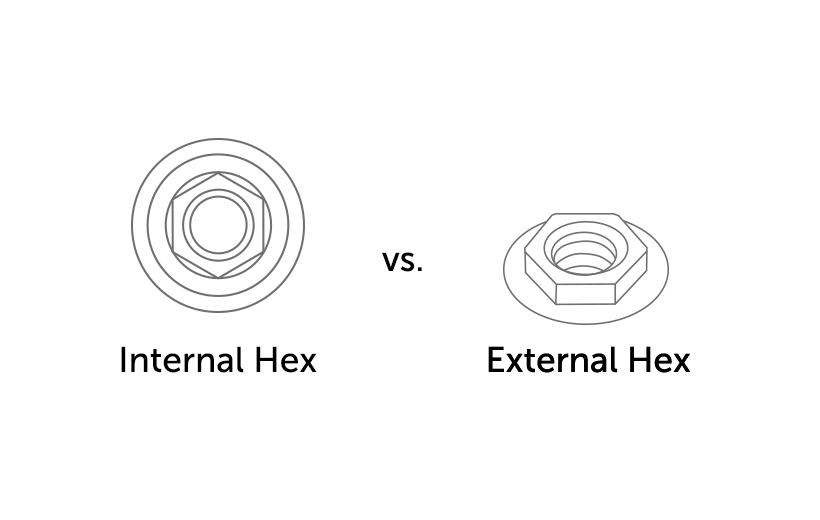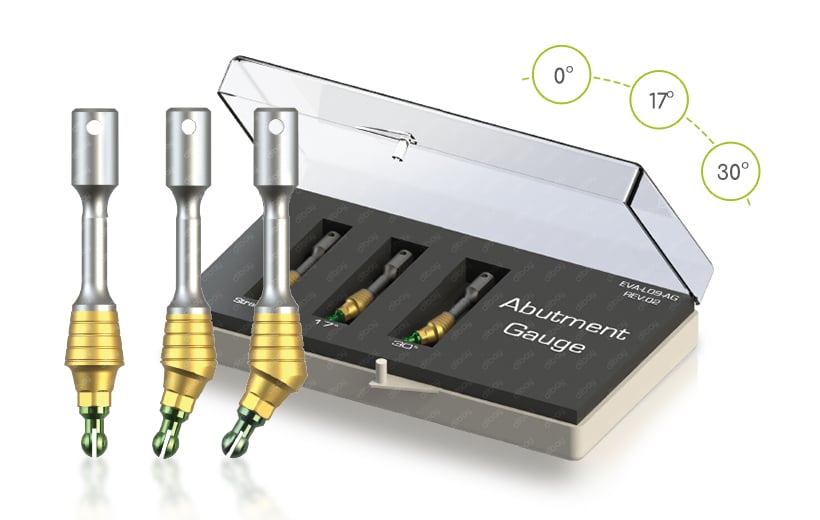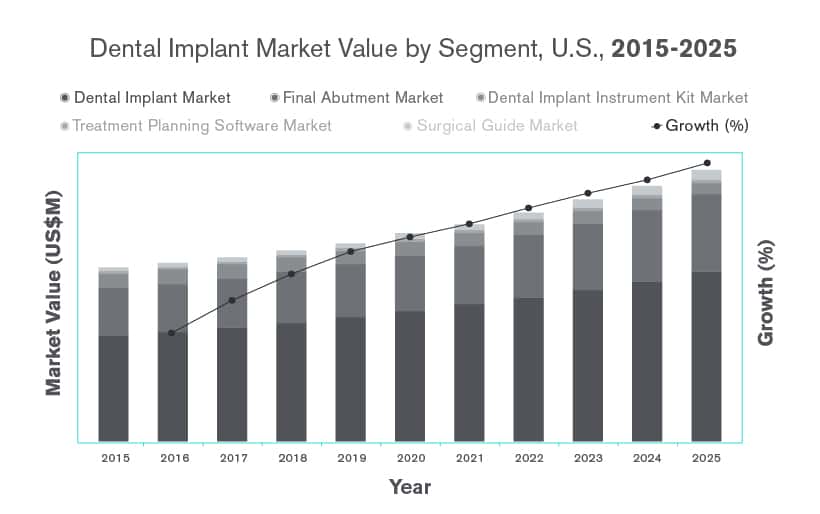
We know quite a few dentists who continue to use dental implants with an external hex. However, now that the internal connection dental implants have been out for a while, is there any great advantage to using external hex?
What are the issues on both sides?
Why would you choose external over internal or vice versa?
We truly believe that when things are done properly dentists don’t have many issues at all with neither of the systems and we believe that most systems work extremely well, even though the first thing dentists tend to blame is the implant. There are certain advantages for both systems:
Internal hexed Advantages:
- Internal hexed were adopted by the profession as it was easier to place the abutment and the screw. Ease of fit and 7mm less height to deal around.
- No more looking for screws in the mouth or possibility of swallowing (or worse) the abutment
- It is easier to get closure with an internal because the cover cap is usually flush with the implant platform at bone level, the external cover cap is over 1 mm in height to cover the hex and can be difficult to get primary closure.
- Ball attachments can have a shorter collar height for those with thin tissue.
- Ceramic abutments are stronger due to more material as well.
External hexed Advantages:
- External Hexed implants give the best prosthetic combinations. There are a lot of prosthetic esthetic problems with internal retained abutment.
- The Internal Hex system has a weaker head, especially in the smaller diameters / thin walls.
- External Hex system is more convenient during impression making.
- Should you believe that implants loose bone to the first thread then this could be an issue on Internal Hex system.
Here is a conclusion from a scientific study made by J. Biomedical Science and Engineering, 2008
Comparative Analysis of Internal & External Hex Crown Connection Systems - a Finite Element Study
Rudi C. Van Staden , Hong Guan , Yew-Chaye Loo , Newell W. Johnson & Meredith Nell.
This research is a pilot study aimed at offering an initial understanding of the stress distribution characteristics in the crown under different loading conditions.
Realistic geometries, material properties, loading and support conditions for the implant system were considered in this study. The geometrical design of the external-hex system tends to induce stress concentrations in the crown at a distance of 2.89mm from
the apex. At this location, Fp also affects the stresses so that the compressive stresses on the right hand side of the crown are increased.
The internal hex system has reduced stress concentrations in the crown. However, because the preload is transferred through the abutment screw to the abutment contact, changing
has greater effect on this hex system than Fm. Overall Fm is more influential on the stress within the crown for the external-hex system and Fp is more influential on the internal-hex system.
Future recommendations include the evaluation of other implant variables such as the implant wall thickness and thread design. Ultimately, all implant components can be understood in terms of their influence on the stress produced within the implant itself.
Dentists have grown to rely on Internal Hex systems as an industry standard
as it reduces the concentration of stress and securing the position of the implant.
The internal hex system is by far a better choice when conducting single restorations rather than larger restorations, as well as enabling easy access into the jaw bone.
However there have been some significant improvements in the dental implant industry during the past 10 years, with an ever growing preference to the conical connection, which considered to be a better option, due to the friction fit of the abutment-implant contact and of course, the sealing is greater and helps to reduce chances of bacteria getting inside or around the implant.











